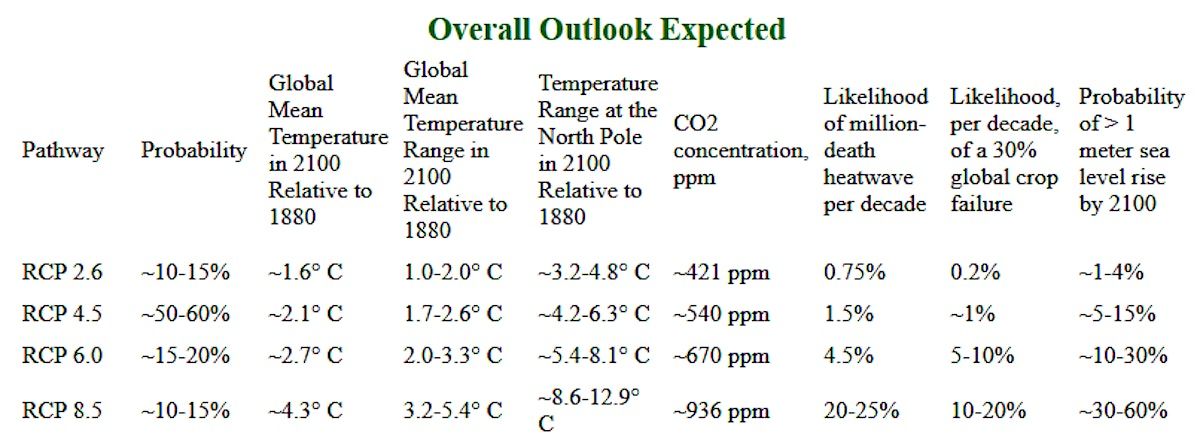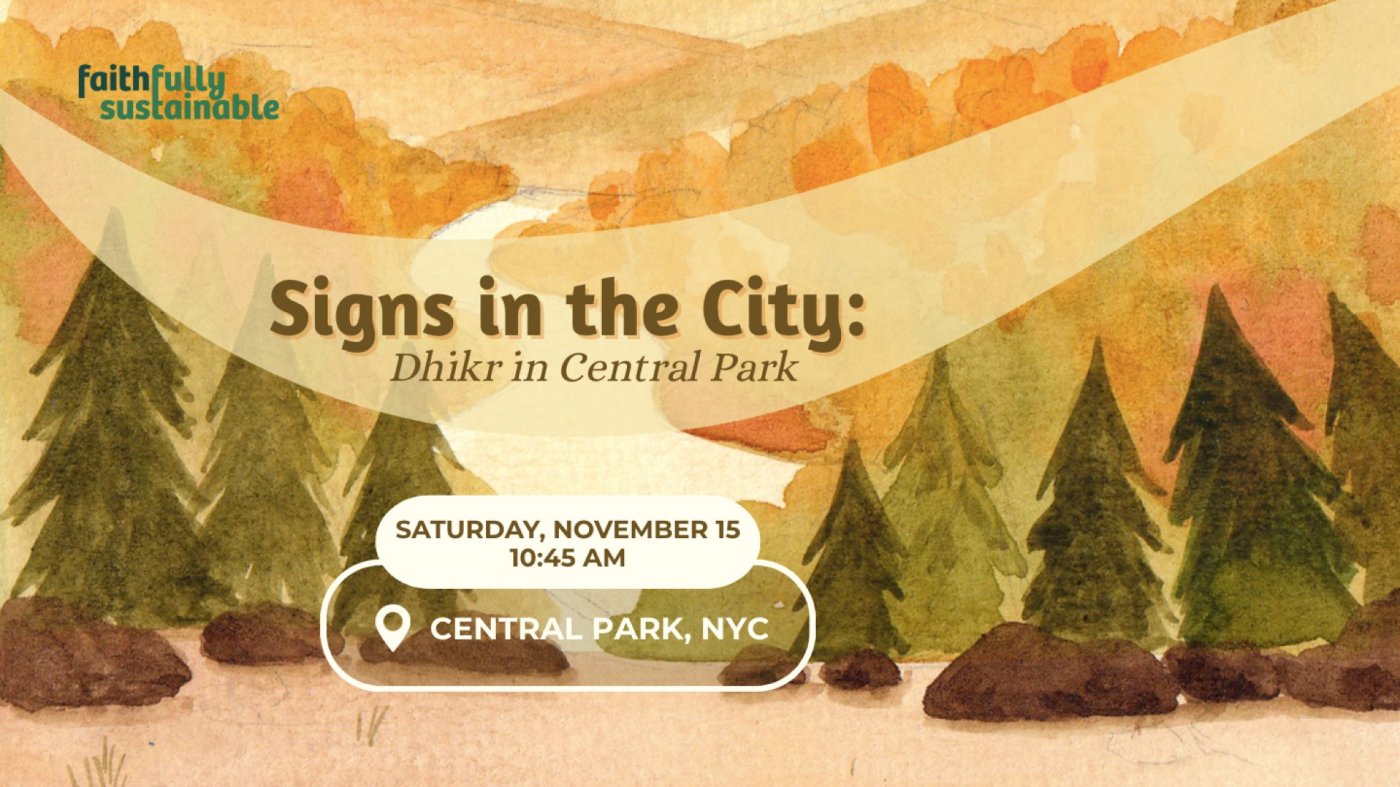Climate Science and Energy Engineering Dinner
Schedule
Mon Nov 10 2025 at 07:00 pm to 09:00 pm
UTC-05:00Location
Skylight Diner | New York, NY
 Discuss climate science and energy engineering over a pleasant meal at a restaurant that does separate checks.
Discuss climate science and energy engineering over a pleasant meal at a restaurant that does separate checks.About this Event
with much more detail about this event.
On Monday, November 10th, at 7:00pm the and will be hosting our monthly Climate Science and Energy Engineering Dinner, which will usually occur on the 2nd Tuesday of every month.
The event will be at the , by 9th Ave & 34th St in Manhattan, within easy reach of the A/C/E & 7 subways, and one block from Penn / Moynihan station. The diner has a large menu with affordable prices, generous portions, and is willing to do separate checks for a large group, with everybody using their own credit card.
The topics of conversation will be
- Climate Science: you have to be able to debate climate science in order to reach out to conservatives, and also, even if you don't talk with conservatives, there is a lot of controversy over just how bad things will get, and how fast.
- Energy Engineering: We have to decarbonize the economy, but there are many unresolved / controversial issues to discuss -- which zero carbon sources of energy are preferable, how to decarbonize transportation, particularly aviation. To get public cooperation, we have to figure out a path to decarbonize that won't involve too much negative impact on per capita GDP, or too much disruption to our way of life.
This Month's Topic: Impacts of Climate Change
Note that the poles warm much faster than the planet as a whole. This is problematic because global wind patterns are driven by the temperature gradient as one travels from the equator toward the poles, and prevailing wind and precipitation patterns may change, disrupting agriculture.
Once the concentration of CO2 rises above 800-1000 ppm, people can feel it -- the whole planet starts feeling like a stuffy room and people get uncomfortable. Some people start getting headaches and it can undermine attention-span. Sailors in submarines and astronauts are able to tolerate much higher levels than that, but it's uncomfortable for them.
Heat Waves:
A heat wave in Europe in 2022 killed 60,000 people. When I lived in Germany as a kid in the 1960'-70's, no one had air conditioning, it just wasn't needed.
While the world will get hotter, we expect to get more prosperous and more of the people in hot countries will be able to afford air conditioning. But power grid failures are more likely during the heavy load when everyone turns on air conditioning during a heat wave, so a heat wave combined with a power failure could be catastrophic. For various reasons, heat waves K*ll more females than males.
Crop Failures:
Crop failures would be caused by droughts and flooding. Note that these numbers are for a global crop failure, which means crop failures in multiple breadbaskets at once. Crop failures in any one region in isolation would be much more likely.
The thing about crop failures, other than people directly starving, is if people are hungry but not quite starving, or being bankrupted by food prices skyrocketing, this could lead to a lot of civil unrest and even warfare, for example when a severe drought caused a 40% crop failure in Russia in 2010 led to food shortages and high food prices, which led to the Arab Spring, which caused the Syrian civil war and the disintegration of Libya into a failed state, both of which caused huge flows of refugees into Europe and the rise of terrorist groups. The large flow of Islamic refugees into Europe contributed to the rise of far-right political parties all over that continent. And that was just
a crop failure in one country, not a global crop failure.
Another consideration is that food production will migrate more to northern latitudes. This means that Russia will control a growing share of global food production. The current ruler of Russia is a dictator who frequently murders his political opposition and is so ruthless that he has been frequently threatening nuclear warfare against non-nuclear-armed countries and conducting drone and missile attacks on civilian residential neighborhoods. It would be unfortunate to be trusting that government with the power to cut off the food supply to other countries as a political weapon.
Sea-Level Rise:
One meter is roughly 3 feet and four inches.
The estimates of sea-level rise are very uncertain. Sea-level rise is mostly caused by three things:
- Thermal expansion of the water in the oceans as they warm up.
- Land ice melting in Greenland.
- Land ice melting in Antarctica.
"A" and "B" are fairly straightforward for climate scientists to model and predict, but there are some very large, unstable land-based glaciers in Antarctica whose breakup could be sudden and catastrophic, and it's very hard to predict exactly when they will let go and flow into the ocean.
One meter doesn't sound like much sea-level rise, since most people live much more than a meter above sea-level. But it's not like everything one meter about sea-level is safe -- when storms happen, there is often a large low-pressure area at the storm that sucks sea water toward it from all directions, resulting in a temporary sea-level rise. So you might think that you're safe at 2 meters above sea-level, but that's not the case -- during hurricane Sandy in New York City in 2012, the storm raised sea-level by 2.6 meters, which combined with high tide at the time was a 3.5 meter (10' 6") sea-level rise. Subway tunnels were flooded, destroying electronic equipment in them. The R subway tunnel between Manhattan and Brooklyn was shut down for a year for repairs, and the L subway tunnel was partially shut down for awhile.

Where is it happening?
Skylight Diner, 402 West 34th Street, New York, United StatesUSD 0.00


















